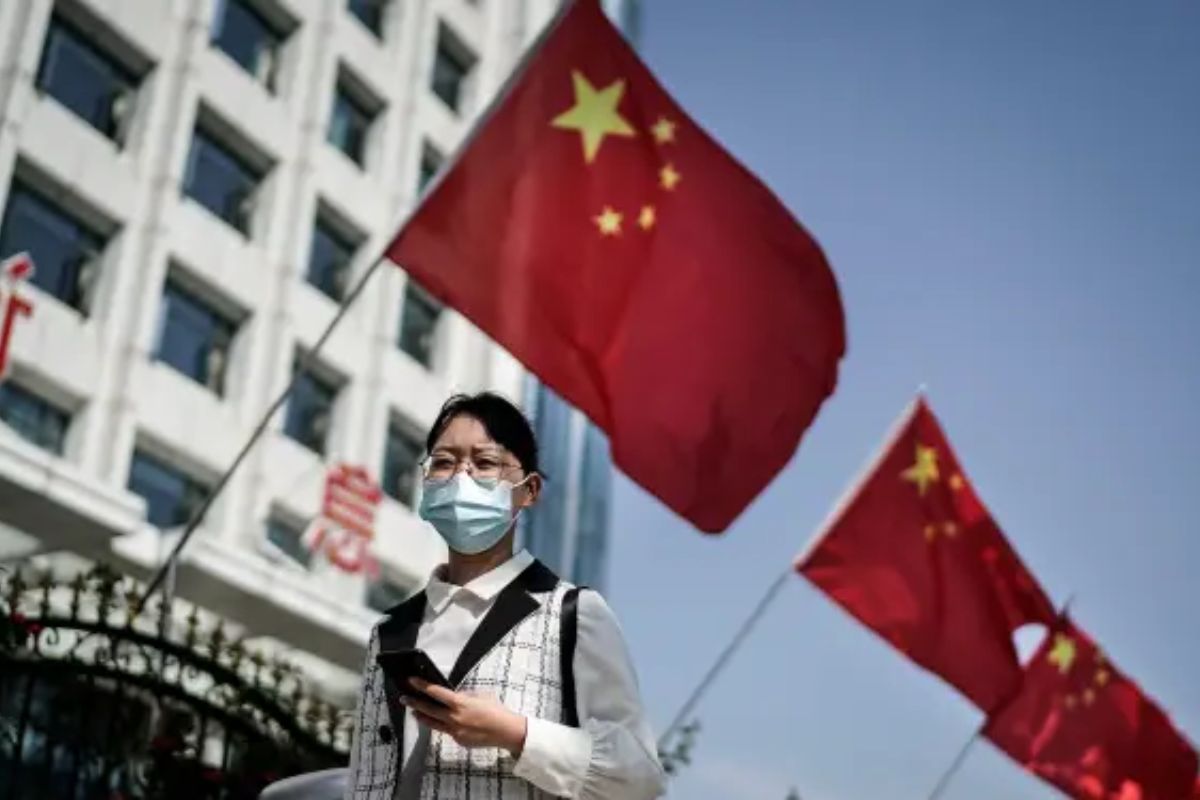China’s services sector, as measured by the Caixin PMI, displayed expansion in January, albeit falling short of market expectations. While this development may signal some resilience in the Chinese economy, it also highlights the challenges that persist in its economic landscape.
Slower growth in new orders and pricing in the services sector raises concerns about the sustainability of the recovery, especially in the face of rising costs and tightening credit conditions.
The composite PMI and the government’s commitment to fiscal expansion will be crucial in determining the trajectory of China’s economic growth.
As we delve deeper into the intricacies of this report, we will explore the challenges and bright spots that lie ahead for the world’s second-largest economy.
Key Takeaways
- China’s services sector has been experiencing expansion for the 13th consecutive month, indicating resilience in the economy.
- The sector’s growth has been maintained despite contraction in factory activity, showcasing its ability to withstand challenges.
- However, deflationary pressures, a downturn in the housing market, and escalating local government debt pose significant challenges to China’s economic landscape.
- While there are concerns about the overall health of the economy and the crisis in the property sector, there are also bright spots such as resilience in employment and new order growth.
China’s Services Sector Moderates Expansion in January
Despite a slight moderation, China’s services sector continued to expand in January, signaling resilience in the country’s economy amidst challenges faced by its manufacturing industry. The Caixin/S&P Global services purchasing managers’ index (PMI) for China’s services sector dipped slightly from 52.9 in December to 52.7 in January.
While this moderation may be viewed as a cause for concern by some, it is important to note that the index remained above the critical 50-mark, indicating the sector’s expansion for the 13th consecutive month. This suggests that China’s services sector is still growing, albeit at a slightly slower pace.
Also Read: Citigroup’s Push Into China’s Financial Landscape With New Investment Bank Unit
With the recent contraction in factory activity, the services sector’s ability to maintain its expansion is commendable. It reflects the sector’s resilience and its potential to cushion the impact of challenges faced by the manufacturing industry. This moderation should not be seen as a sign of weakness but rather as a testament to the sector’s ability to withstand headwinds.
Best For: Businesses operating in China’s services sector looking for resilient and expanding opportunities amidst challenges faced by the manufacturing industry.
Pros:
- The Caixin/S&P Global services PMI indicates the sector’s expansion for the 13th consecutive month, highlighting its resilience and growth potential.
- Despite a slight dip, the index remains above the critical 50-mark, indicating continued expansion and stability within the services sector.
- The services sector’s ability to maintain growth amidst the contraction in factory activity suggests it can cushion the impact of challenges faced by the manufacturing industry.
Cons:
- The slight moderation in the services PMI may raise concerns for those seeking rapid growth in the sector.
Persistent Challenges in China’s Economic Landscape
China’s economic recovery continues to face persistent challenges. These challenges include deflationary pressures, a prolonged downturn in the housing market, and escalating local government debt. These obstacles have hindered the country’s efforts to regain stable growth and have raised concerns about its long-term prospects.
Deflationary pressures, driven by overcapacity and weak demand, have dampened consumer spending and business investment. This has had a negative impact on the overall economy.
The prolonged downturn in the housing market has not only affected construction activities but has also reduced consumer confidence and household wealth. This has further contributed to the economic challenges faced by China.
Meanwhile, escalating local government debt has created financial risks and limited the government’s ability to stimulate the economy through fiscal measures. This has made it difficult for the government to implement effective policies to address the economic challenges.
To address these challenges, the government has resorted to leveraging debt for infrastructure projects to boost economic activity. However, this approach carries its own risks and may only provide a temporary solution to the underlying structural issues in China’s economy. The government needs to find more sustainable solutions to ensure long-term economic stability and growth.
Slower Growth in New Orders and Pricing in the Services Sector
The challenges plaguing China’s economic recovery have now spilled over into the services sector, as evidenced by the slower growth in new orders and pricing.
The January Caixin services PMI reveals a drop in new orders from 53.7 in December to 51.5, indicating a deceleration in the sector’s expansion. This decline in new orders suggests weakening demand for services, reflecting the broader challenges faced by the Chinese economy.
Additionally, the prices charged subindex has recorded a decline for the first time since April 2022. Firms have resorted to reducing fees to attract customers and stimulate sales, indicating increasing price pressures.
Despite these setbacks, the employment sector remains resilient, showing signs of stability amidst the slower growth in new orders and pricing.
Composite PMI and Government Commitment to Fiscal Expansion
The composite PMI experienced a slight dip from 52.6 in December to 52.5 in January, indicating the need for strategic adjustments in fiscal and monetary policies to strengthen policy measures and sustain economic recovery.
This dip suggests that while China’s services sector is expanding, it is doing so at a slower pace than anticipated. To ensure sustained growth, the government must take decisive action by implementing fiscal expansion measures.
Vice Finance Minister Wang Dongwei’s affirmation of the government’s commitment to fiscal expansion in 2024 is a step in the right direction. However, it is crucial that the government follows through on its promises and implements measures that effectively stimulate economic activity.
This commitment must be backed by concrete policies that address the challenges faced by the economy, such as slowing new orders and pricing in the services sector.
Only through strategic adjustments and a strong commitment to fiscal expansion can China’s economic recovery be sustained and strengthened.
Challenges and Bright Spots in China’s Economic Landscape
Amidst the complex economic landscape of China, both challenges and bright spots emerge, revealing the intricate tapestry of the nation’s recovery journey.
While the Caixin PMI indicates expanding services activity, the reality is that it falls short of expectations. This raises concerns about the overall health of China’s economy and its ability to bounce back from the post-COVID slump.
The ongoing crisis in the property sector poses a significant challenge, as it has a ripple effect on various industries and dampens consumer confidence. Additionally, the limitations of the services sector in driving economic growth further highlight the need for diversification and development in other sectors.
However, there are some bright spots, such as resilience in employment, new order growth, and overall activity in the service sector. These provide glimpses of hope amidst the broader weaknesses in the Chinese economy.
Conclusion Of China’s Services Sector
China’s services sector showed signs of expansion in January, albeit at a slower pace than expected. Despite the persistent challenges in the country’s economic landscape, such as slower growth in new orders and pricing, the government’s commitment to fiscal expansion and the composite PMI indicate some positive prospects.
However, it is crucial to acknowledge both the challenges and the bright spots in China’s economic outlook as the country continues to navigate its path towards sustainable growth.
Our Reader’s Queires
Q1 What is China’s main sector?
A Key drivers of growth for China encompass the services sector, agriculture, manufacturing, and technology industries.
Q2 What are China’s main goods and services?
A The majority of China’s export portfolio is dominated by manufactured goods, with electrical and electronic machinery, equipment, as well as clothing, textiles, and footwear being the most crucial. Additionally, notable exports include agricultural products, chemicals, and fuels.
Q3 Is China becoming a service economy?
A The service sector in China has experienced a twofold increase in its contribution to economic output over the past two decades, reaching 53.3% of GDP.




